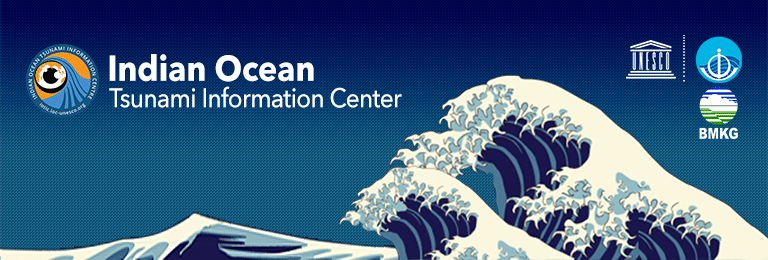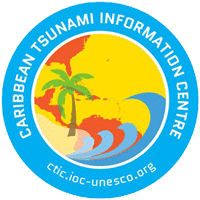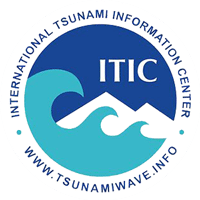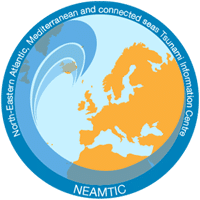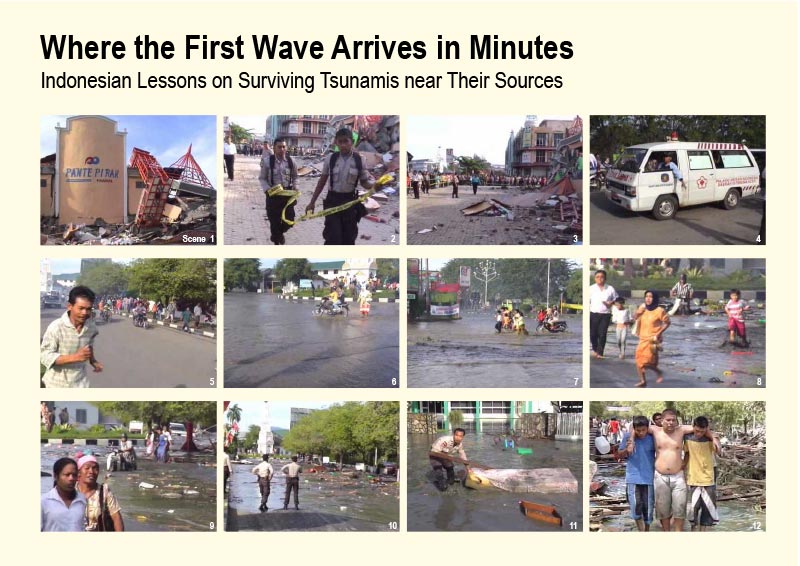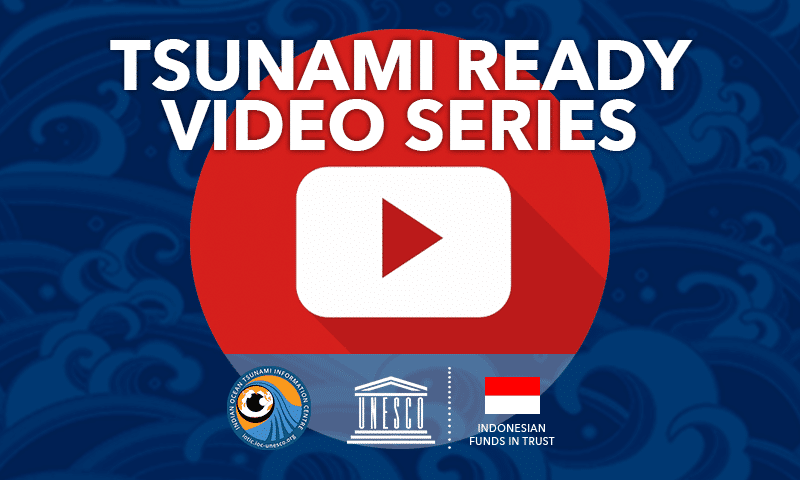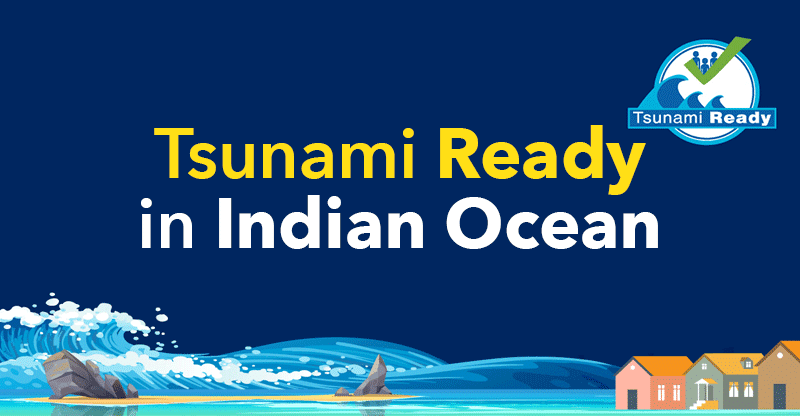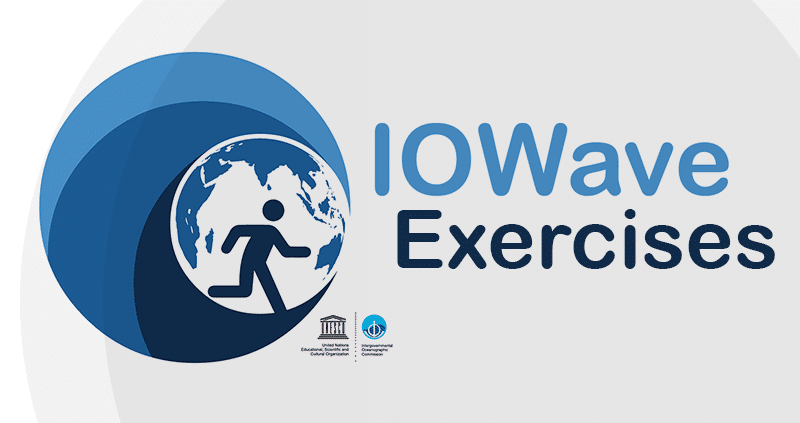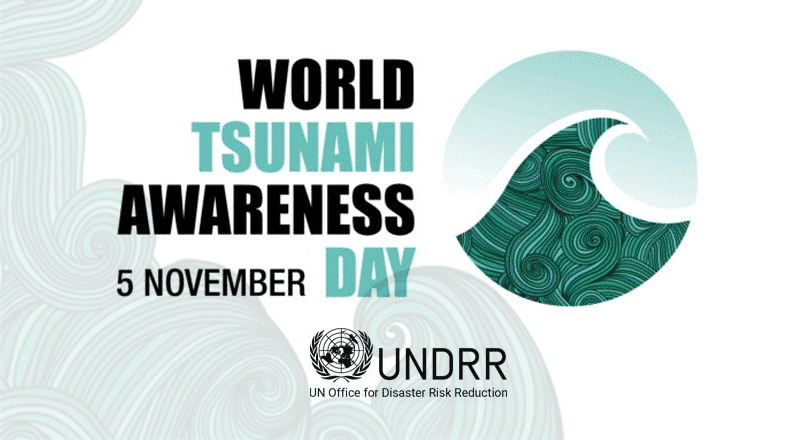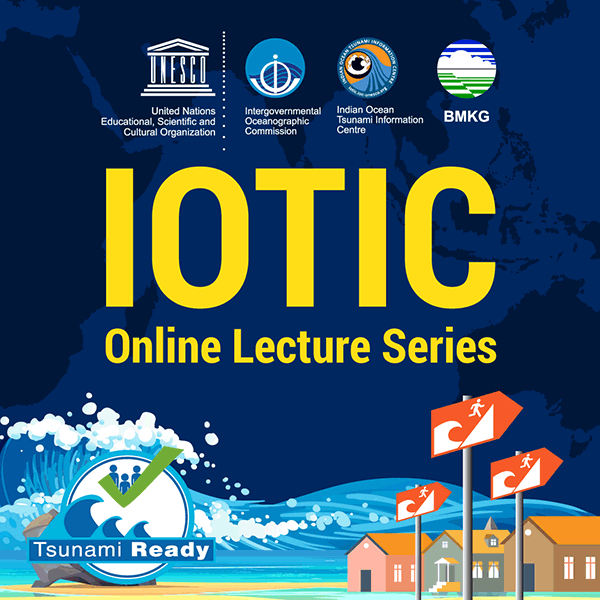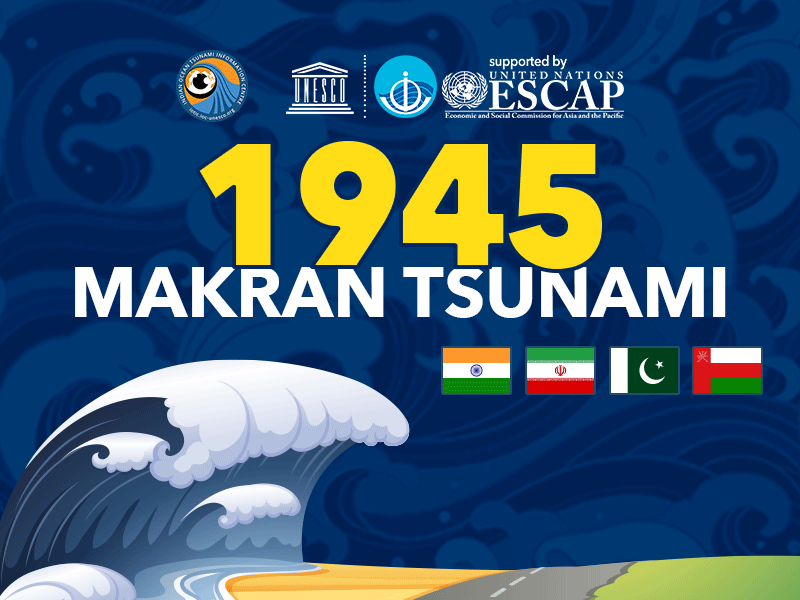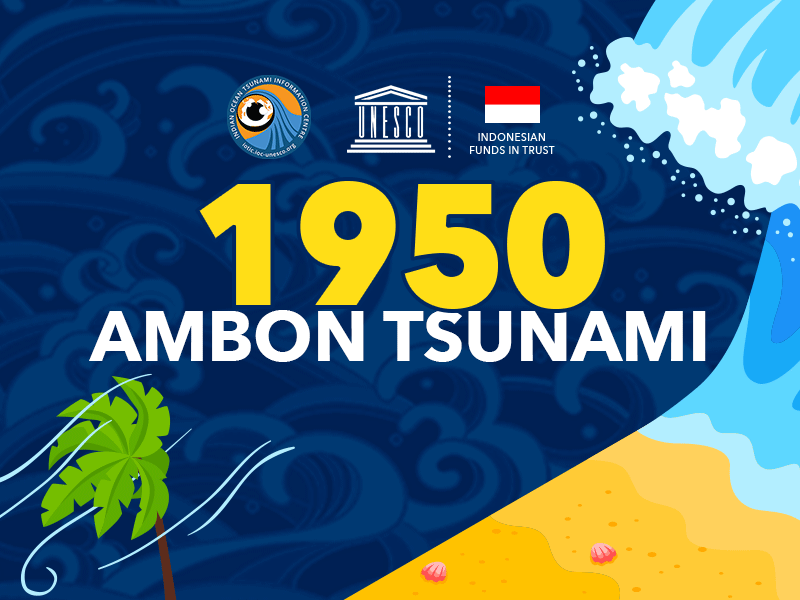This booklet draws public-safety lessons from recent Indonesian experience with fast-arriving tsunamis. Initially prepared for Indonesian readers, it is adapted here for international use.
Most tsunamis in Indonesia arrive fast because they begin within or just outside the nation’s archipelago. An earthquake, volcano, or landslide sets off a train of ocean waves that reaches the nearest Indonesian shores in an hour or less.
Fast-arriving waves account for most tsunami deaths worldwide. They threaten coasts near tsunami sources, most of which are on the Pacific Rim, besides parts of the Indian Ocean, in the Mediterranean and Caribbean Seas, and at volcanic islands. The waves afford little lead time for the delivery of official tsunami warnings, and they commonly begin with an earthquake or volcanic eruption that can cut phone service, electric power, and roads. They tend to be bigger than the same tsunami on distant shores reached hours later.
Many of the lessons in this booklet are based on experiences of eyewitnesses to two fast-arriving tsunamis: the enormous waves that took an estimated 160,000 lives in Aceh on December 26, 2004; and lesser waves that left some 700 dead on the south coast of Java on July 17, 2006. The booklets compilers interviewed some of the eyewitnesses, and they obtained other accounts from published sources.
The lessons, outlined on the facing page, have three main themes. Several kinds of knowledge provide The Earliest Warnings of tsunami hazard, during the decades before a tsunami begins. Among Warnings of a Tsunami Underway, earthquake shaking provides the most immediate natural signal to go to high ground. This reaction, in turn, is among the nine survival tactics under Evacuation Strategies.
